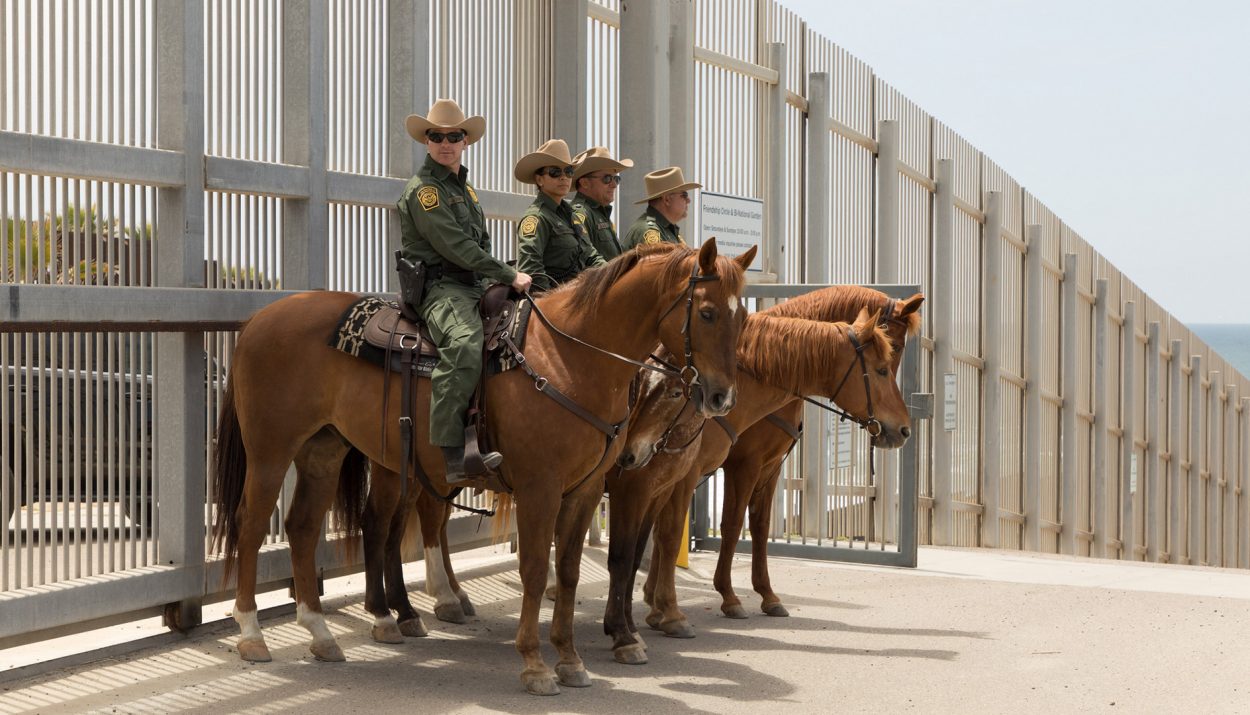As illegal immigration continues to surge along the southern border, support for constructing a border wall has also increased. A recent poll found that a majority of Americans now favor building a wall to help stem the flow of undocumented migrants entering Mexico.
With apprehensions at the border reaching the highest levels in over a decade, many voters view a physical barrier as a critical component in regaining control over immigration.
Public Support for Border Wall Surges
Public support for constructing a border wall along the U.S.-Mexico border has increased significantly in recent years. According to a Monmouth University poll, 53% of Americans now favor building a border wall, up from 42% in April 2019.
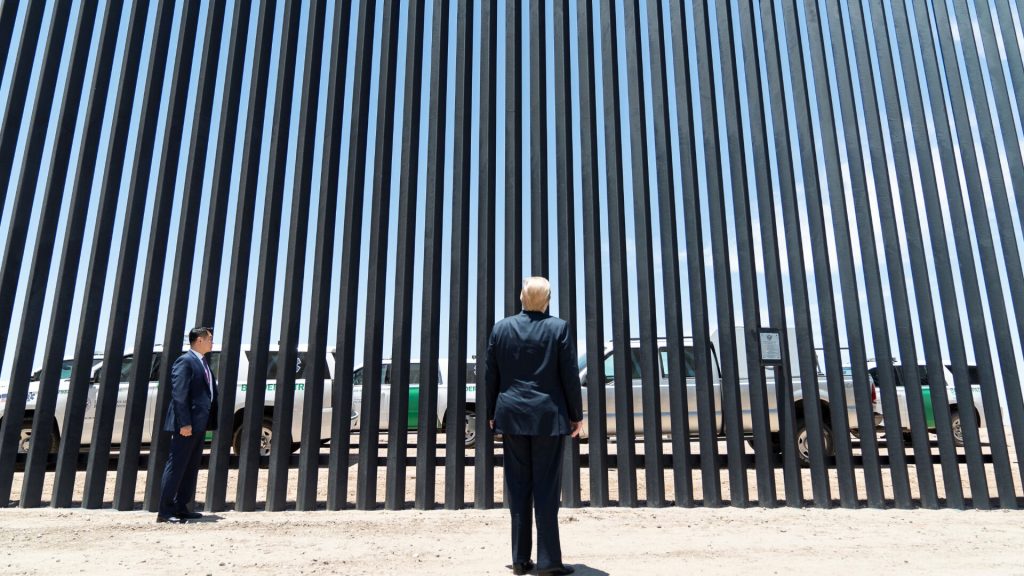
This surge in support correlates with the rise in illegal immigration over the southern border, with almost 2.5 million encounters between migrants and law enforcement recorded in FY2023.
Illegal Immigration Viewed as a Serious Issue
The same Monmouth University survey found that 61% of voters consider illegal immigration to be a “very serious” issue, while another 23% consider it “serious.” Only 15% of respondents viewed it as “not too serious” or “not at all serious.”
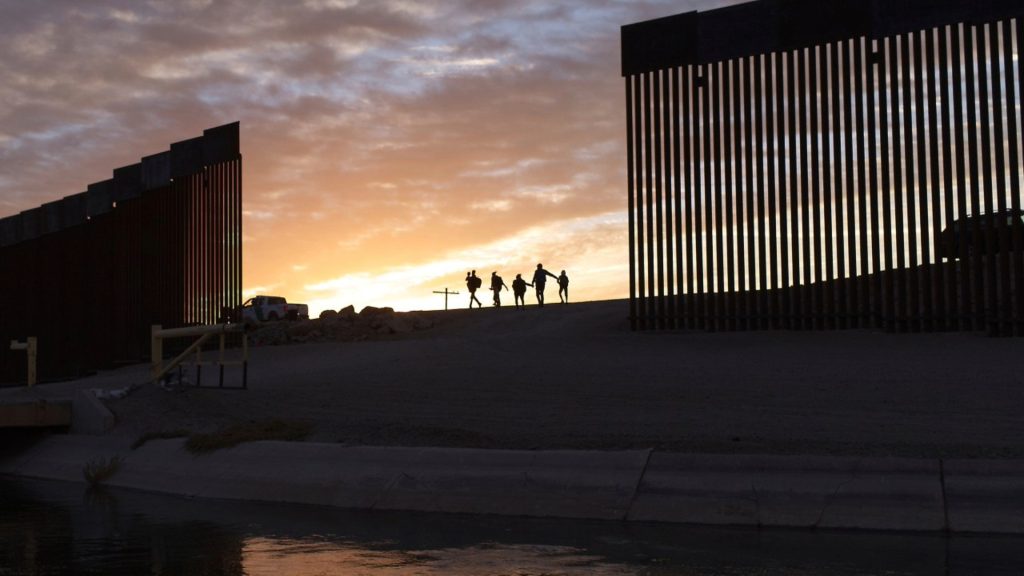
For Republican voters specifically, an overwhelming 91% said illegal immigration is a “very serious” issue. There is a widespread perception that the government needs to take stronger action to curb unauthorized border crossings and crack down on those in the country illegally.
Senate Bill Criticized as Not Tough Enough
A recent bipartisan Senate bill aimed at strengthening border security and tightening asylum laws was criticized as not going far enough. The legislation would have provided an additional $20 billion in funding for border enforcement, but 47% of Americans polled said the bill was “not tough enough.”
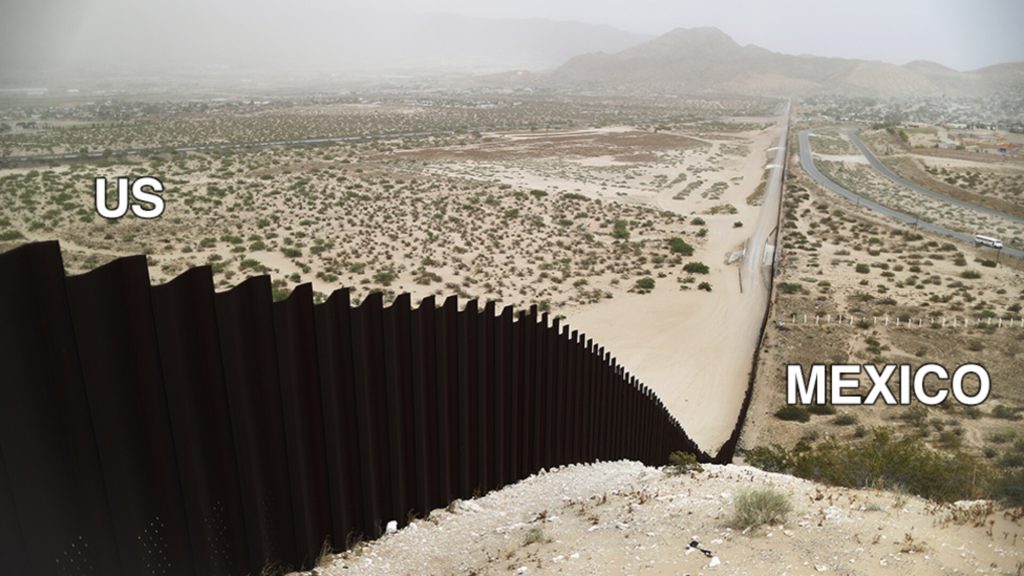
In contrast, only 12% viewed it as “too tough.” The failure of this bill highlights the appetite for more restrictive immigration policies and greater investment in border security infrastructure like walls and fencing.
History of The Border Wall
The concept of building a physical barrier along the U.S.-Mexico border has been debated for decades. In the early 1990s, the first enhanced border fencing was erected in San Diego, California, and El Paso, Texas.
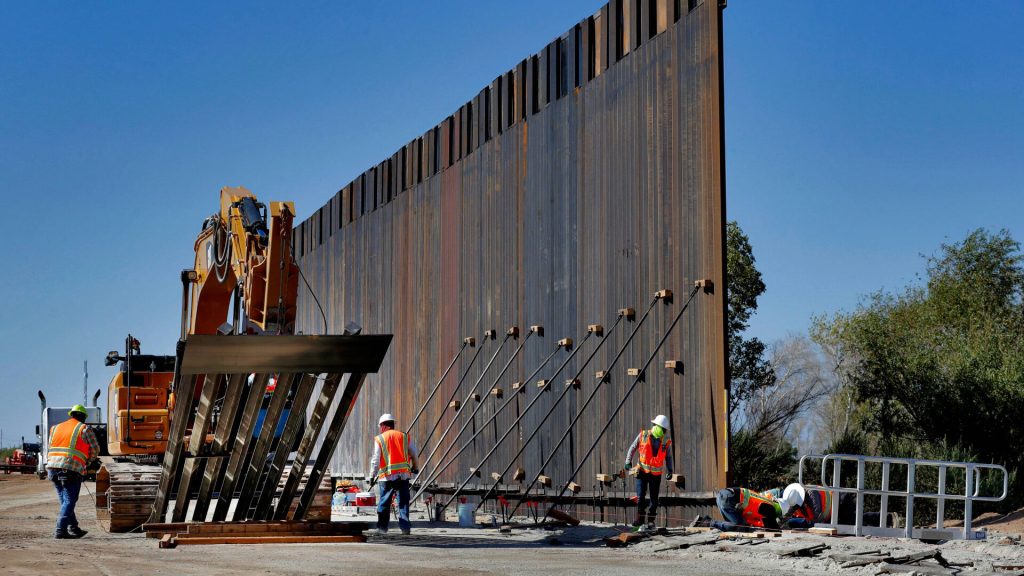
In 2006, Congress passed the Secure Fence Act, which authorized the construction of 700 miles of double-layered fencing along the border. The goal was to curb illegal immigration and drug trafficking. By 2015, U.S. Customs and Border Protection had built 654 miles of fencing at a cost of $2.3 billion.
The Trump Administration’s Border Wall
When Donald Trump became president in 2017, he made building a border wall a central campaign promise. He pledged to build a “big, beautiful wall” along the entire U.S.-Mexico border and have Mexico pay for it. However, Mexico refused to fund the wall.
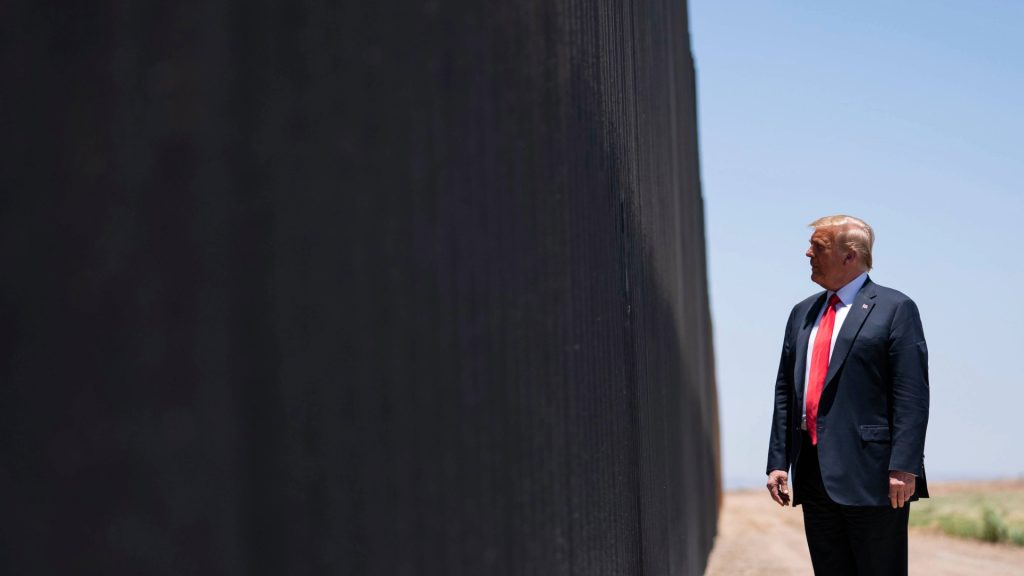
The Trump administration built over 450 miles of new border wall, largely replacing existing barriers. U.S. taxpayer dollars funded construction
The Current State of the U.S.-Mexico Border Wall
Recent surges in illegal immigration and public support have reignited debates around border security. According to surveys, over 50 percent of Americans now favor the construction of a border wall.
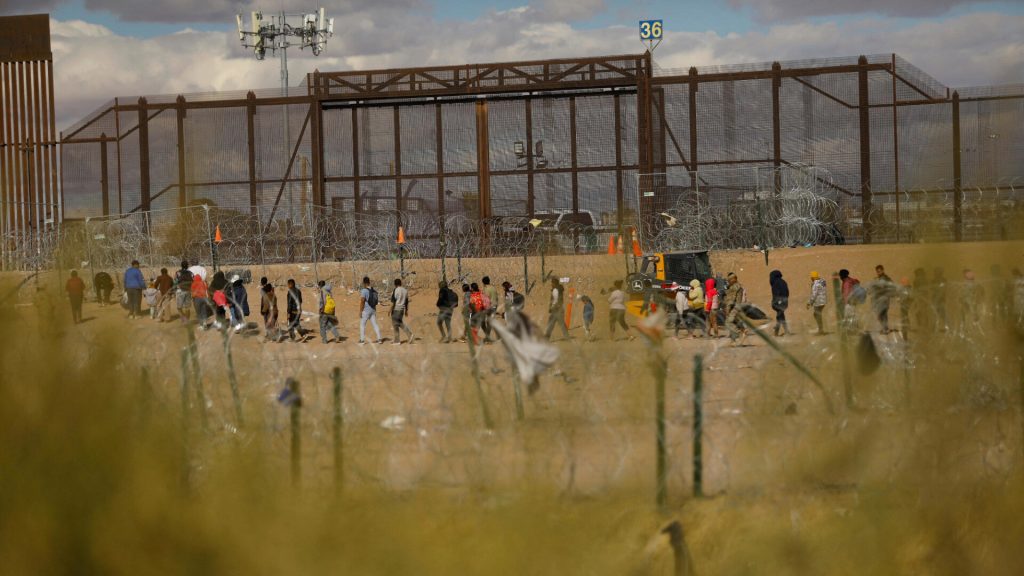
There are currently around 700 miles of fencing along the 1,950-mile U.S.-Mexico border. The previous administration claimed to have built over 400 miles of new wall, though estimates show only about 80 miles were newly constructed, with the remainder replacing existing structures.
Policy Changes Regarding Immigration
The Biden administration has rolled back several Trump-era immigration policies, including the “Remain in Mexico” program, travel bans from certain countries, and limits on asylum for victims of domestic violence.
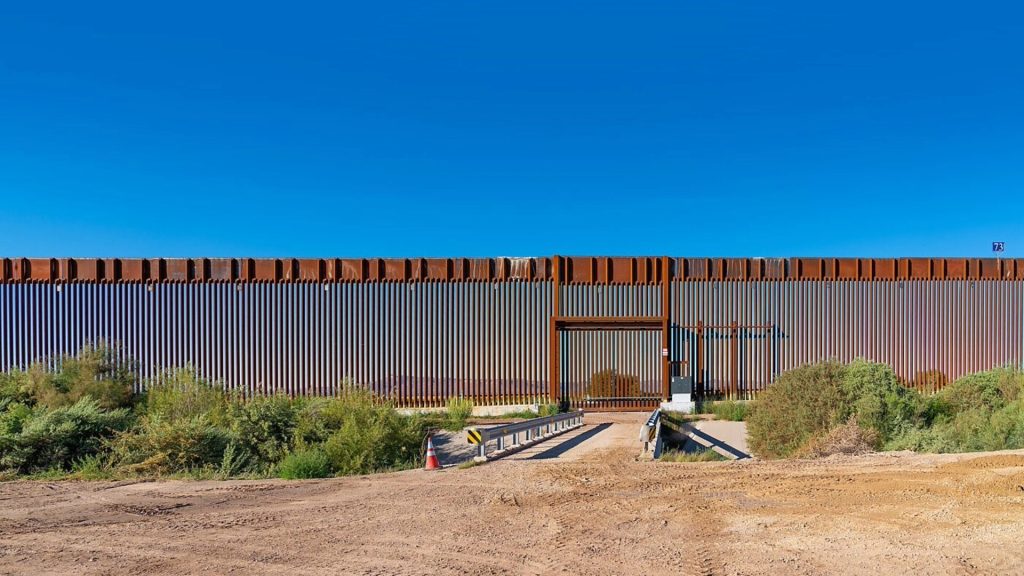
However, illegal border crossings have recently declined 42 percent month-over-month, marking the largest drop since Biden took office. The administration has faced criticism that these policy changes and rhetoric have encouraged more illegal immigration.
Political Divisions
There are sharp divides along partisan lines regarding views on illegal immigration and border security. Over 90 percent of Republicans consider illegal immigration an extremely serious issue, compared to 58 percent of independents and 41 percent of Democrats.
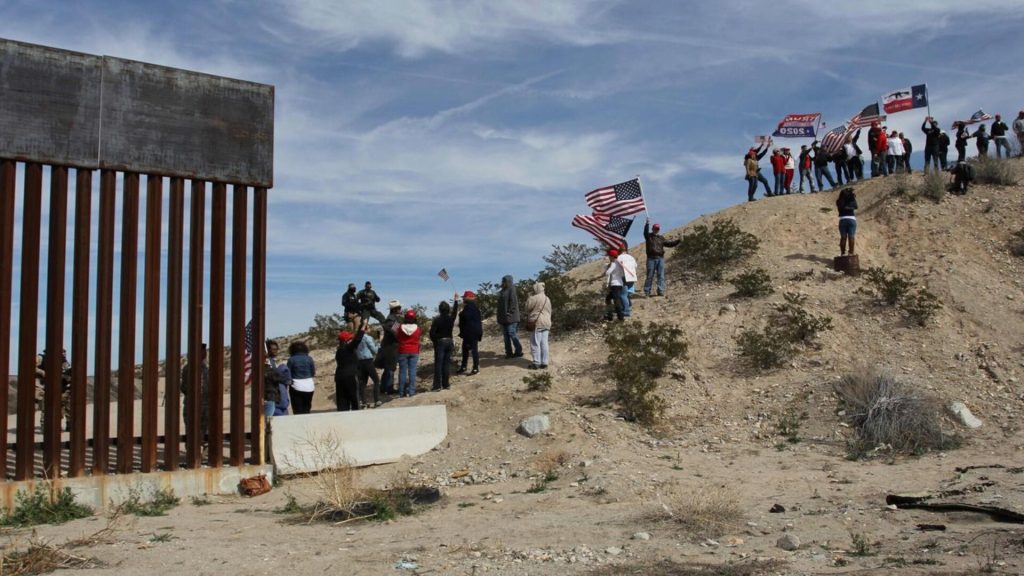
Republican lawmakers rejected proposed bipartisan legislation on border security and immigration as “not tough enough.”
Criticism of Current Border Security
There is widespread criticism that current border security measures like limited fencing are insufficient. Legislation providing $20 billion in additional funding for border security and tightening asylum laws was rejected by Republican lawmakers as not going far enough.
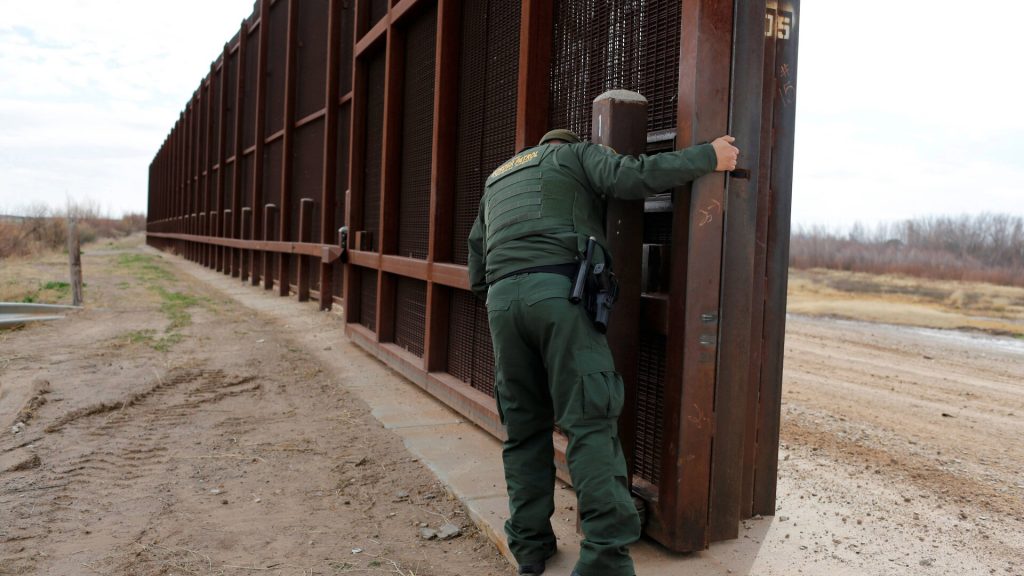
An expanded border wall is seen by critics of current policy as necessary to effectively secure the southern border.
Arguments for Expanding the Border Wall
Expanding the border wall could help curb illegal immigration into the U.S., which has surged in recent years. According to government data, there were over 2.4 million encounters between migrants and law enforcement in 2023.
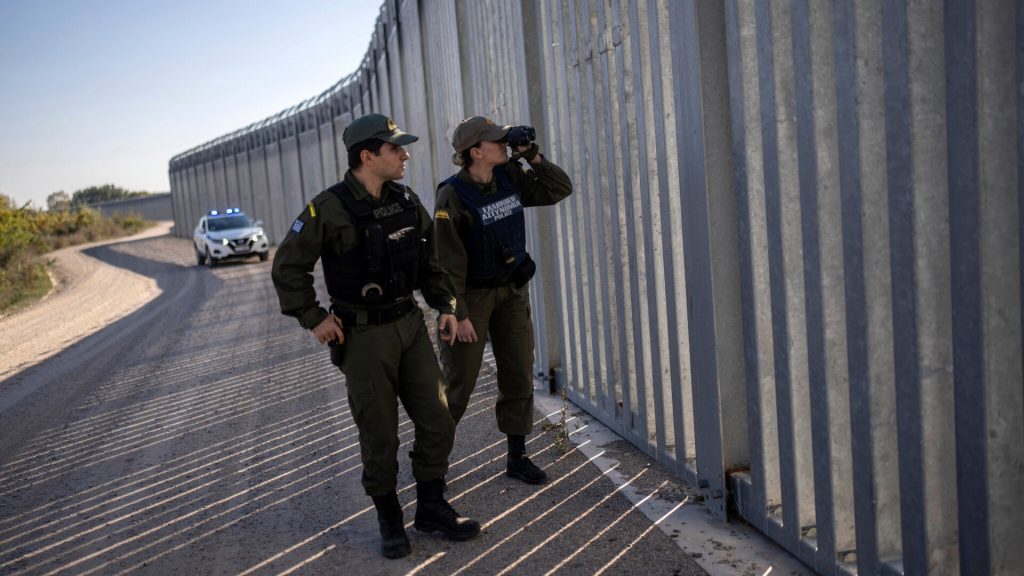
A border wall may act as a deterrent and make it more difficult for undocumented individuals to enter the country unlawfully. Proponents argue that reducing illegal immigration will protect American jobs and public resources.
Arguments Against Expanding The Wall
Constructing an expanded border wall would require substantial funding and could have damaging environmental impacts. The Trump administration estimated that completing a wall along the entire southern border could cost up to $25 billion.

Critics argue that there are more pressing needs, like healthcare or education, that require government funding. An expanded wall may also disrupt wildlife habitats and migration routes, threaten endangered species, and damage natural landscapes. Proponents counter that the economic and social costs of illegal immigration outweigh these concerns.
What a Completed Border Wall Would Mean for Border Security
A fully secured border wall may strengthen national security by preventing unauthorized access into the country. With 61 percent of Americans considering illegal immigration a “very serious” issue, a completed wall could help reassure citizens that the border is secure.
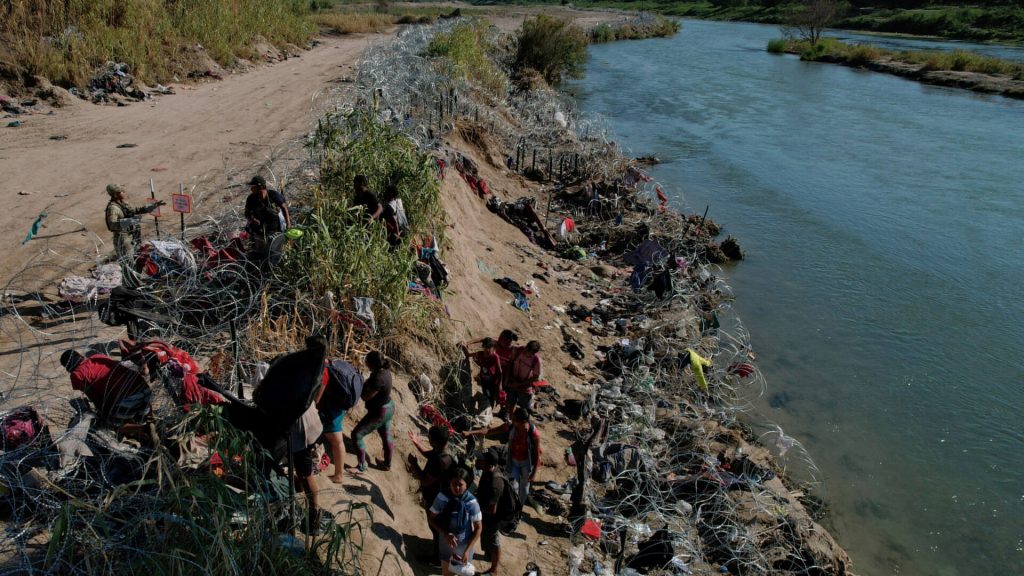
While some critics argue that walls are ineffective barriers, technology like drones, sensors, and surveillance equipment integrated into the wall design may help border agents detect and respond to unauthorized crossings.
Continued Challenges Along Immigration Corridors
However, a border wall is not a panacea for illegal immigration. Migrants may increasingly turn to overstaying visas or other means to unlawfully enter or remain in the country. There are also concerns that more migrants may attempt dangerous unauthorized crossings in extreme terrain as a result of walled-off areas.

Heavy costs to construct and maintain an extensive border wall are additional factors to consider regarding the policy’s overall effectiveness and practicality. A border wall alone cannot substitute for wider reforms to the legal immigration system.
Support For The Wall at An All-Time High
While the issue of illegal immigration remains politically divisive, many Americans now see the urgent need for stronger border security measures as illegal border crossings surge to record levels. However, opponents decry the costs and morality of a border wall.
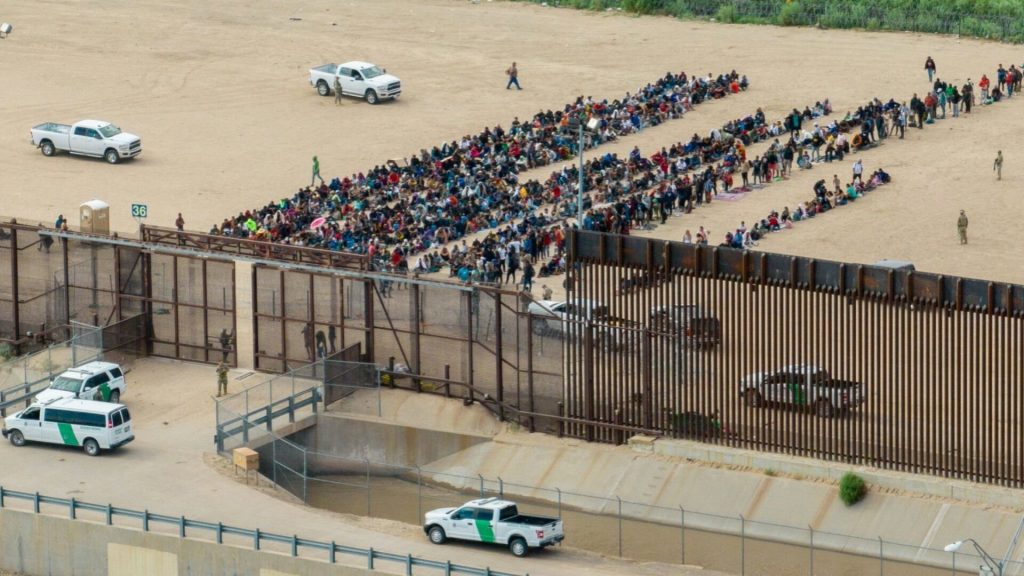
With midterm elections on the horizon, immigration has emerged as a decisive issue that could shape the political landscape. Both parties may need to reconsider their stance to align with the shifting views of voters who want demonstrable action on this complex problem.

